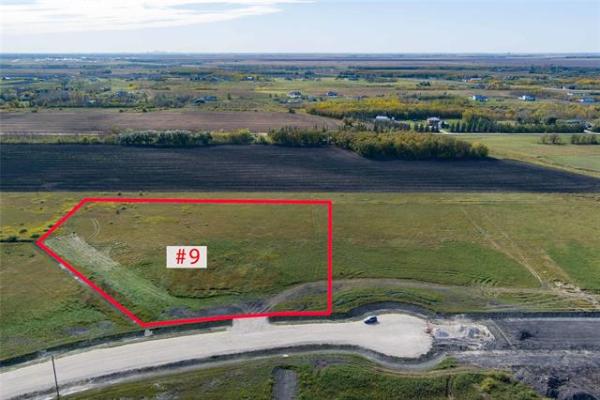
Of the 10,000 needed, 4,500 were to replace retirements and almost 6,000 new positions were said to be needed to keep pace with anticipated work demand.
The column ended with the question of where Manitoba was going to find these individuals in order to fill this shortfall. Today, we will look at possible contributors to finding a solution to this dilemma.
Throughout the last 10 to 15 years, Manitoba experienced a net migration loss of workers to Alberta. Many young people sought their fortune in the west and left for high paying jobs in Fort McMurray or Calgary. However, this past year, we experienced a reversal in this pattern and Manitoba experienced a net migration surplus where more people moved from Alberta to Manitoba than Manitoba to Alberta.
Rationale given for this shift ranges from a decline in work opportunities in Alberta to cost of living and quality of life. Either way, some of our skilled labour and young work force is returning home to contribute to our labour pool. Although this will assist the residential construction industry, it will not be the final solution by itself.
Manitoba is a Canadian leader in immigration from other countries. Our multi-cultural diversity gives us contacts all over the world. We have been fortunate to be able to attract some extremely talented trades people with skill sets critical to the residential construction industry.
However, even though Manitoba is the easiest place in the world to feel at home while away from home, and despite the successful efforts of the government to continue to be a leader in immigration, this cannot be counted upon to be the solution to our anticipated skilled labour shortfall.
The previous two scenarios involve bringing people back or to Manitoba. However, there is an outstanding talent pool right here, right now, that hasn't been fully tapped. There are potentially thousands of young people preparing for the job market who are unsure what they want to do with their lives.
They may be preparing for high school, college, university or the job market and are considering their options. A career in residential construction should be considered as one of those options. But a better job needs to be done to inform and prepare young people for this career choice.
Colleges such as Red River offer excellent programs in construction trades. Apprenticeship training is available in a variety of fields and RRC graduates are generally job experienced and job ready. Post secondary education and training is offered at times conducive to full and part time students.
Winnipeg Technical College is able to combine secondary education with continuing education to ensure that no student with a desire to succeed is without an avenue for training. Again, students are able to gain an insight into a variety of trades and pursue a career in their chosen field.
However, we need to showcase construction employment options to an even younger audience so they can adequately prepare themselves to enter the workforce. Our high schools can be a tremendous training ground for immediate careers. Tec Voc High School offers outstanding technical training in a variety of fields.
The residential construction program, under the direction of Terry Pearson, enables students to take 10 credits in that discipline over three years. Even more importantly, students learn life skills to prepare them for the work force.
Tec Voc is not alone in technical training. R. B. Russell, Kildonan East, Sturgeon Heights and many other high schools have extremely good technical and vocational programs that help prepare our young people for life after the formal education process. However, industry and government need to do more to assist these students.
We need to introduce essential skills training; we need to assist with curriculum development to ensure relevancy; we need to help with the provision of equipment and supplies; we need to assist in the classroom where possible; we need to provide learning opportunities in the field; we need to market our product better; we need to assist in career counseling by promoting our wide array of career opportunities; we need to ensure that students understand the importance of safety in the workplace.
The private and public sectors have proven numerous times that when they work together on a project, they can succeed. The resources that both bring to the table are considerable. So, how are we going to find the 10,000 workers that are needed for the construction industry from now until 2016?
Most of them are already living in Manitoba. We just have to recruit, identify and provide proper training for them. Our young people are our most valuable commodity. Let's maximize our input to get the best results. Anything less would be a disservice.
This column prepared by the Manitoba Home Builders' Association



